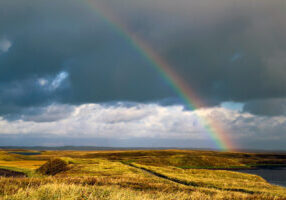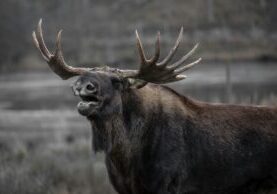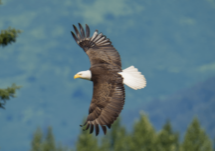PROTECT CARIBOU CORRIDORS IN THE WESTERN ARCTIC
Sign the petition to ensure better Arctic protections in years to come.
Photo Credit: Ken Madsen
Alaska Wilderness League works to ensure that Alaska's wild landscapes endure to support vibrant communities and abundant wildlife for generations to come.
CHECK OUT OUR WILD ALASKA BLOG:
National Wildlife Refuge Week: The Meaning of Refuge
This National Wildlife Refuge Week, we’re celebrating Alaska’s Izembek, Kenai, and Arctic wildlife refuges and highlighting the need to protect them.
Read moreAlaska Wilderness League Champions New Special Areas in the Western Arctic
In April 2024, the Biden administration made a bold move for conservation, protecting over 13 million acres of Special Areas in America’s Arctic. But they didn’t stop there; the administration also rolled out a new process to ramp up protections in the Western Arctic with even more Special Areas. This initiative kicked off with a…
Read moreA Timeline of a Shifting Political Landscape in the National Petroleum Reserve – Alaska
The National Petroleum Reserve – Alaska (Western Arctic) is our nation’s largest single unit of public land, spanning nearly 23 million acres (roughly the size of Indiana) across Alaska’s North Slope. The Western Arctic is recognized for its globally significant habitat that sustains essential wildlife, like migratory birds, caribou, polar bears, walruses, beluga whales and…
Read moreAlaska Wilderness League Urges Biden Administration to Establish Protections for New Special Areas in America’s Arctic
Following the completion of the Department of the Interior’s Request for Information (RFI) process on potential new and expanded Special Areas in the Western Arctic, Alaska Wilderness League Executive Director Kristen Miller released the following statement:
Read moreHappy National Wildlife Day: Little-Known Talents of Well-Known Wildlife
Today, we’re giving a grrrrrrrrreat big shoutout to some of the lesser-known talents of well-known creatures relying on the landscapes in Alaska that you help protect. From the wetlands of the Western Arctic to the tips of the trees in the Tongass National Forest, these talon-ted wild wonders have what it takes to survive. Read…
Read moreSecretary Haaland Secures 28 Million Acres of Land Protections for Alaska
Today, the Biden administration and Secretary of the Interior Deb Haaland announced an order to solidify protections for 28 million acres of Alaska.
Read moreFrom Arctic Village to Advocacy: Danica Carey’s Journey to Protect America’s Arctic
In July of 2023, blog author Danica Carey traveled to the Arctic Refuge with four other women as part of a collaboration between Alaska Wilderness League and Love is King. This blog interview is an account of her experience, both in the Arctic Refuge and then more recently advocating in D.C. It’s been about a…
Read moreWhat the Chevron Ruling Means for the League
Since 1984 – under what was known as the “Chevron doctrine” – courts in the United States deferred to agency interpretations of ambiguous laws passed by Congress. This gave federal agencies the leniency and power to interpret unclear laws, under the idea that agencies – with expertise in applicable science, public consultation, and a depth…
Read morePEOPLE LIKE YOU KEEP PLACES LIKE THESE WILD:

ARCTIC NATIONAL WILDLIFE REFUGE
Protecting the coastal plain of the Arctic National Wildlife Refuge is crucial because of its exceptional wilderness, wildlife, habitat and subsistence values. It is sacred to the Gwich’in People and other Indigenous communities in Alaska and Canada, who rely on its resources for food, as well as cultural and spiritual practices. The 2017 Tax Cuts and Jobs Act (Tax Act) included a provision that opened the coastal plain to oil and gas development and mandated two lease sales by 2024. The Biden administration has revoked existing leases and we continue to work with the administration to restore protections to the Arctic Refuge coastal plain.
Photo credit: Micah Baird

NATIONAL PETROLEUM RESERVE-ALASKA
Development in the National Petroleum Reserve-Alaska in Alaska's western Arctic has begun, and ConocoPhillips' Willow project is the poster child for the type of massive fossil fuel development that must be avoided today if we’re to avoid the worst climate impacts down the road. Allowing oil drilling in and around the Teshekpuk Lake Special Area would also threaten an essential cultural area and food source for North Slope communities. Willow would significantly increase ConocoPhillips’ presence in the western Arctic while placing all the burden of development on the people and wildlife of the region.
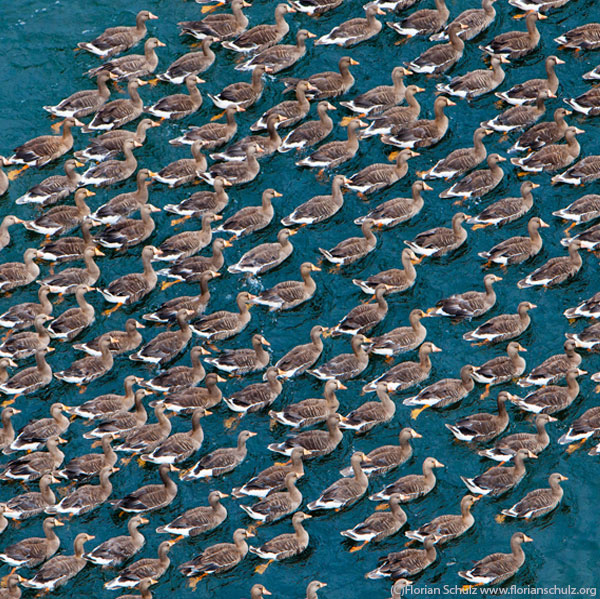

TONGASS NATIONAL FOREST
The Tongass National Forest serves as a nationally important carbon sink by storing more carbon than any other forest in the country. It is also the linchpin of Southeast Alaska’s economy, attracting people from around the world for world-class recreation, hunting, and sport and commercial salmon fishing. To protect this national treasure, the U.S. Department of Agriculture recently announced plans to restore protections to more than 9 million acres of roadless areas in the Tongass and end large-scale old-growth logging in America’s largest national forest.
Photo credit: Daniel Dietrich/DanielDietrichPhotography.com
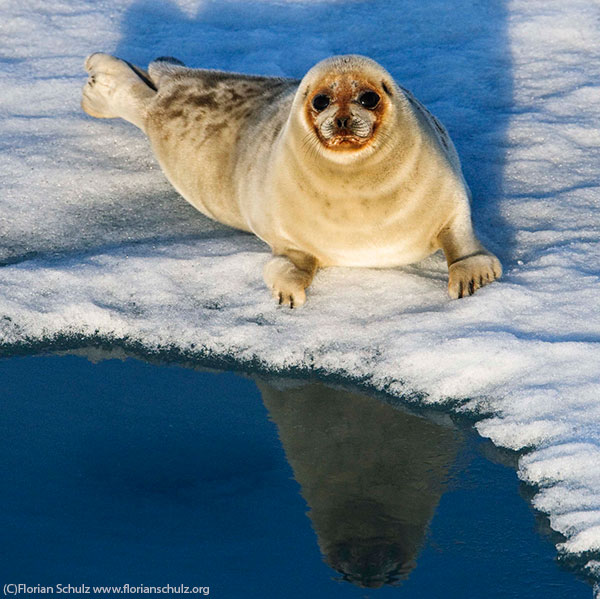
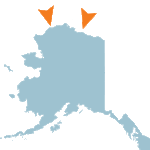
ARCTIC OCEAN: THE BEAUFORT AND CHUKCHI SEAS
The Beaufort, Chukchi and Northern Bering seas provide habitat for a variety of irreplaceable wildlife, are central to the life and food security for coastal communities, and play a key role in regulating the world’s climate. Offshore oil and gas activities create significant risk to this important and fragile ecosystem and the coastal communities that have depended on it for millennia. The remoteness and unique characteristics of the Arctic marine environment make resource extraction particularly difficult and dangerous, making new leasing unwise in Arctic waters.

CHUGACH NATIONAL FOREST
More than 1 million people visit the Chugach annually from all over the world; however, it is local Alaskans — especially in and around Anchorage — who really utilize what the Chugach has to offer. According to the U.S. Forest Service, the Chugach serves as the “backyard” for half of Alaska’s residents.
Photo credit: Debbie S. Miller
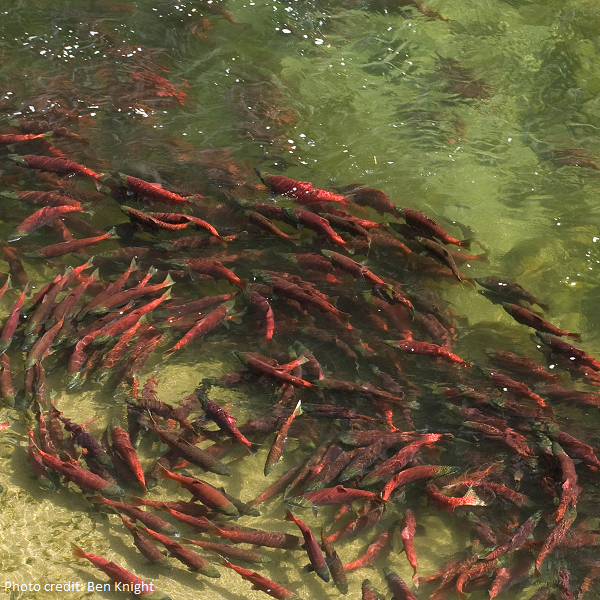
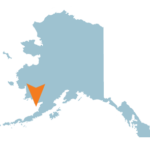
BRISTOL BAY
The U.S. Army Corps of Engineers announced it has denied a permit for the proposed Pebble Mine in Alaska, determining that “the applicant’s plan for the discharge of fill material does not comply with Clean Water Act guidelines” and concluding that “the proposed project is contrary to the public interest." The Bristol Bay watershed in southwest Alaska boasts the world’s largest sockeye salmon fishery that supports thousands of jobs. Alaskans and Bristol Bay’s Indigenous peoples, as well as hunters, anglers and wildlife enthusiasts from all across the country, spoke out in opposition to this ill-conceived project.

